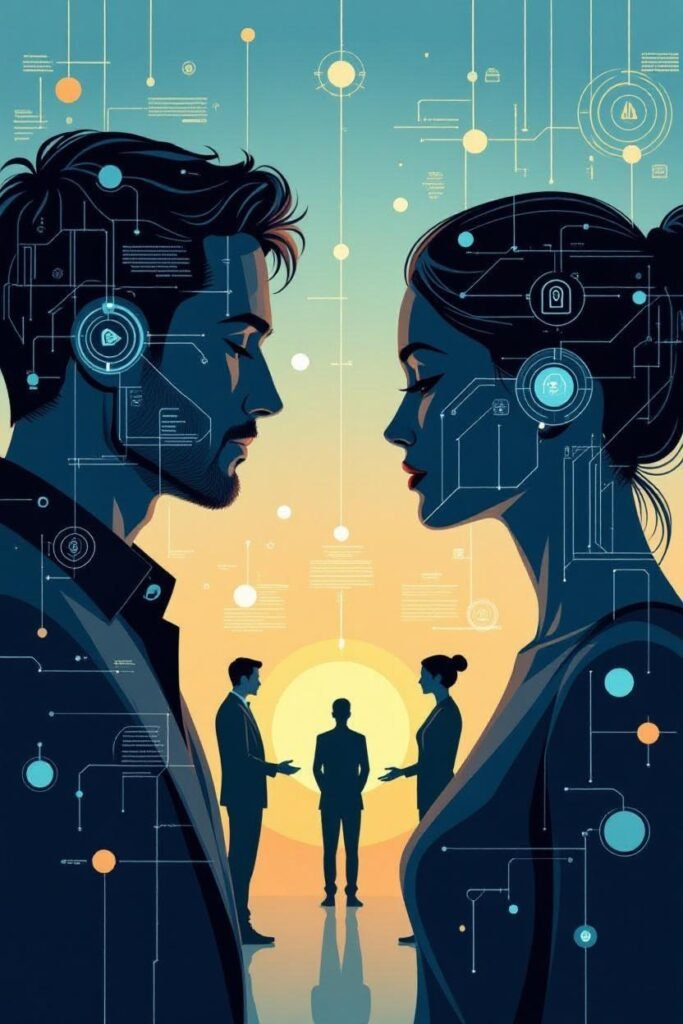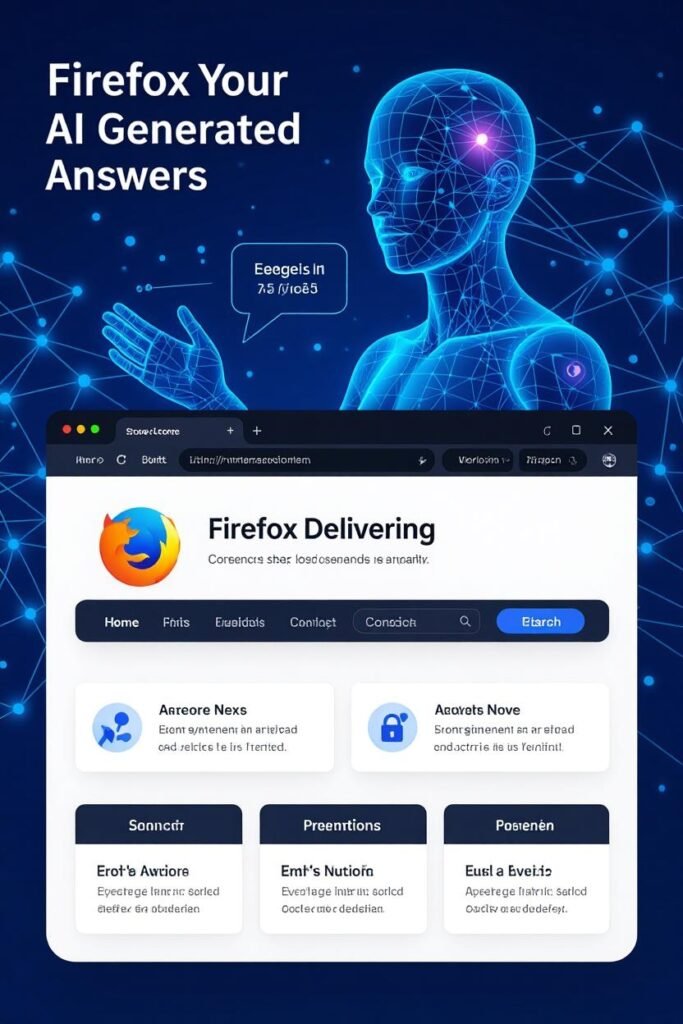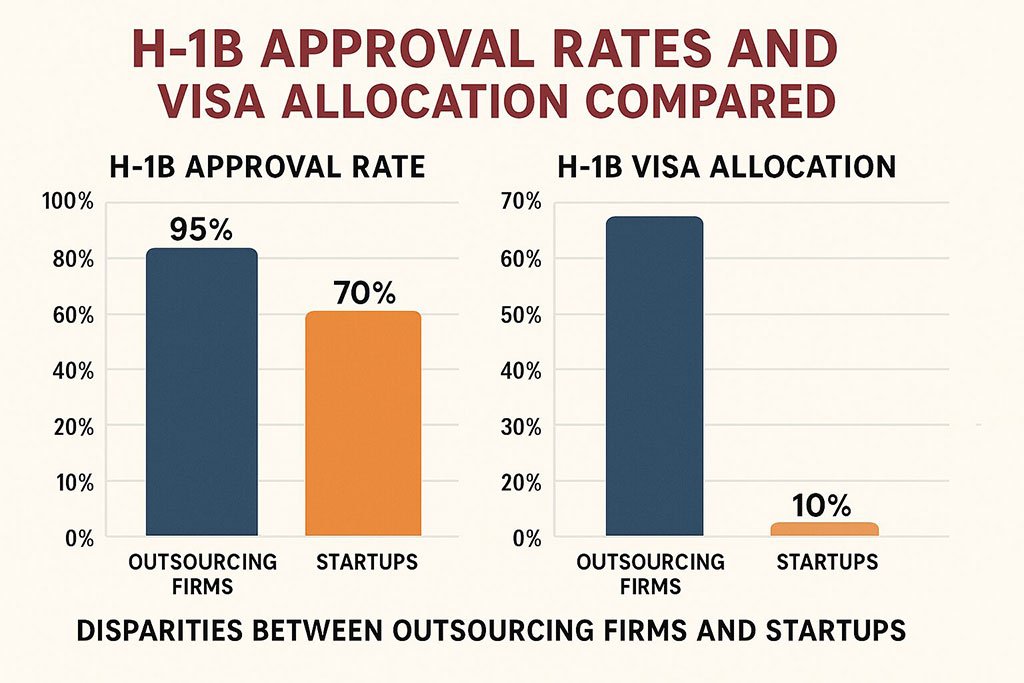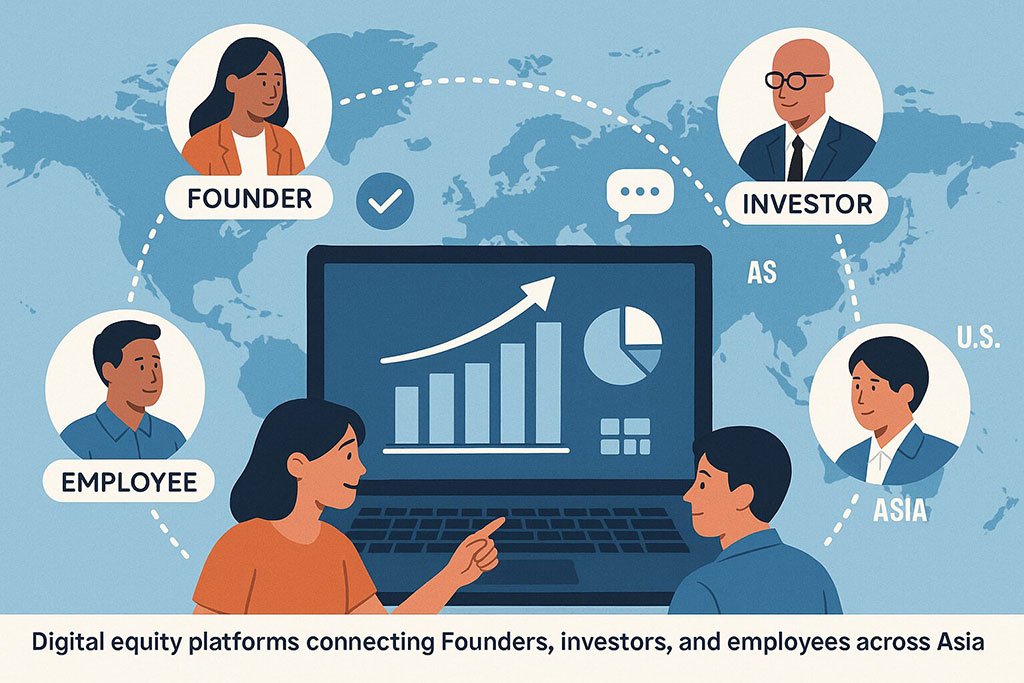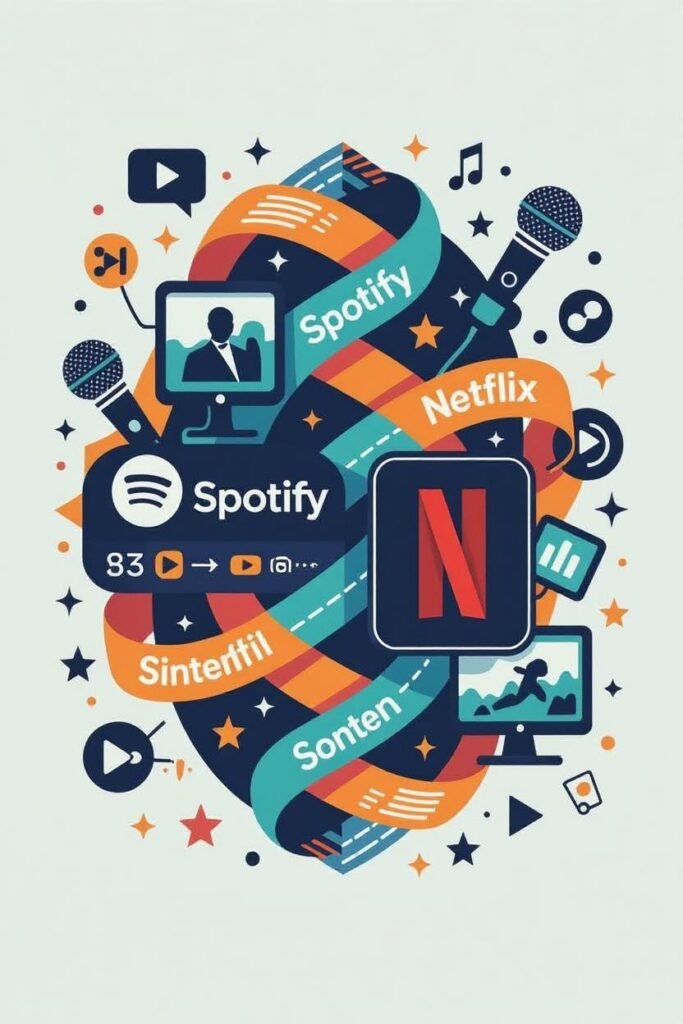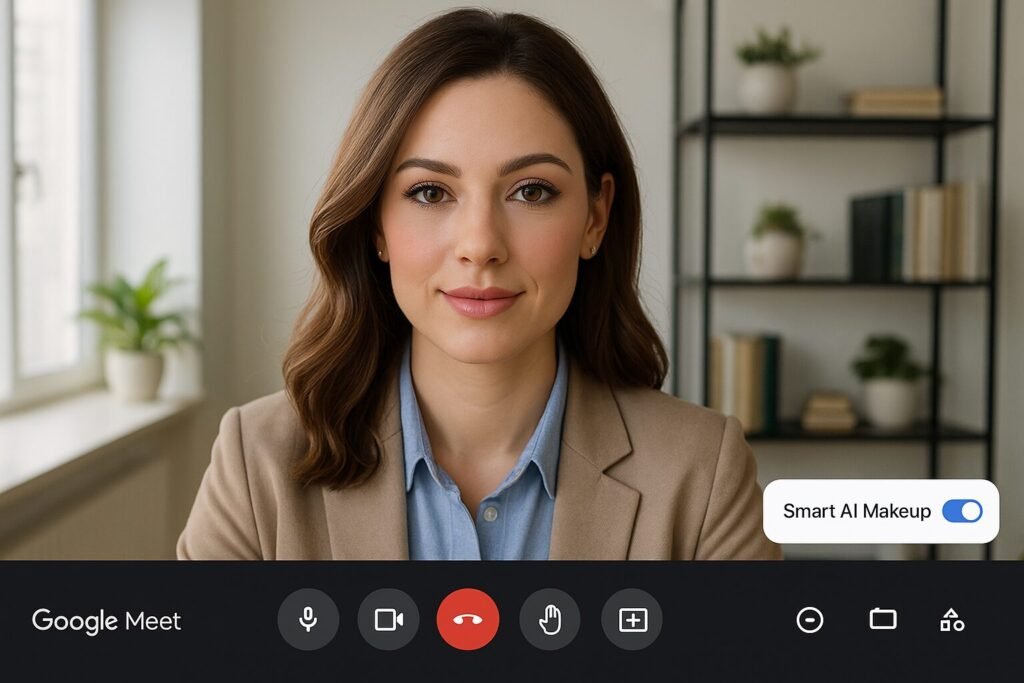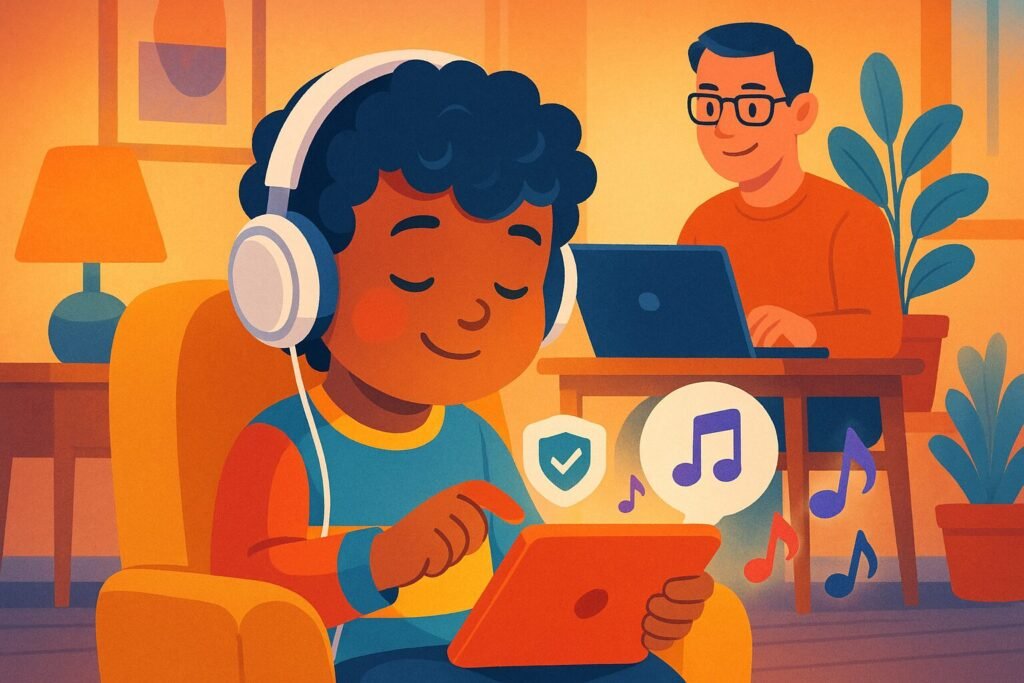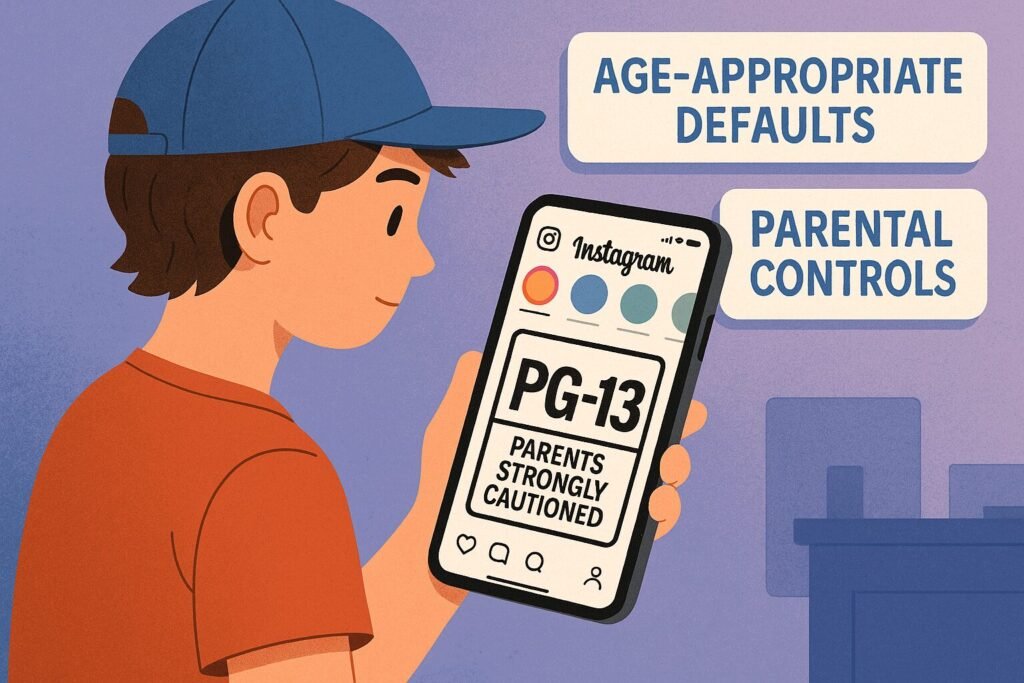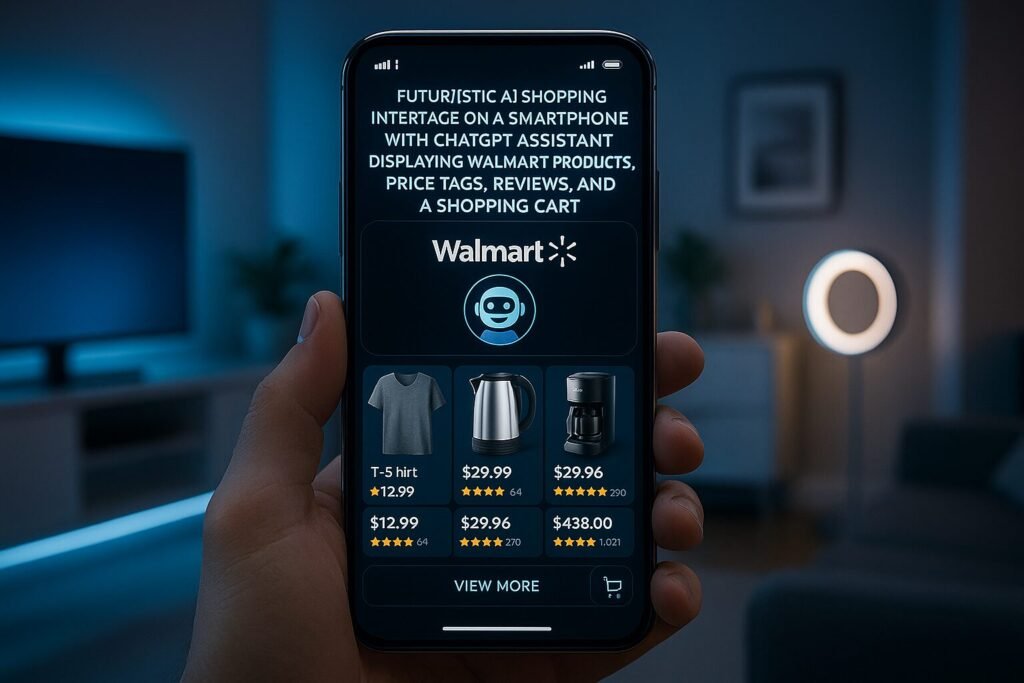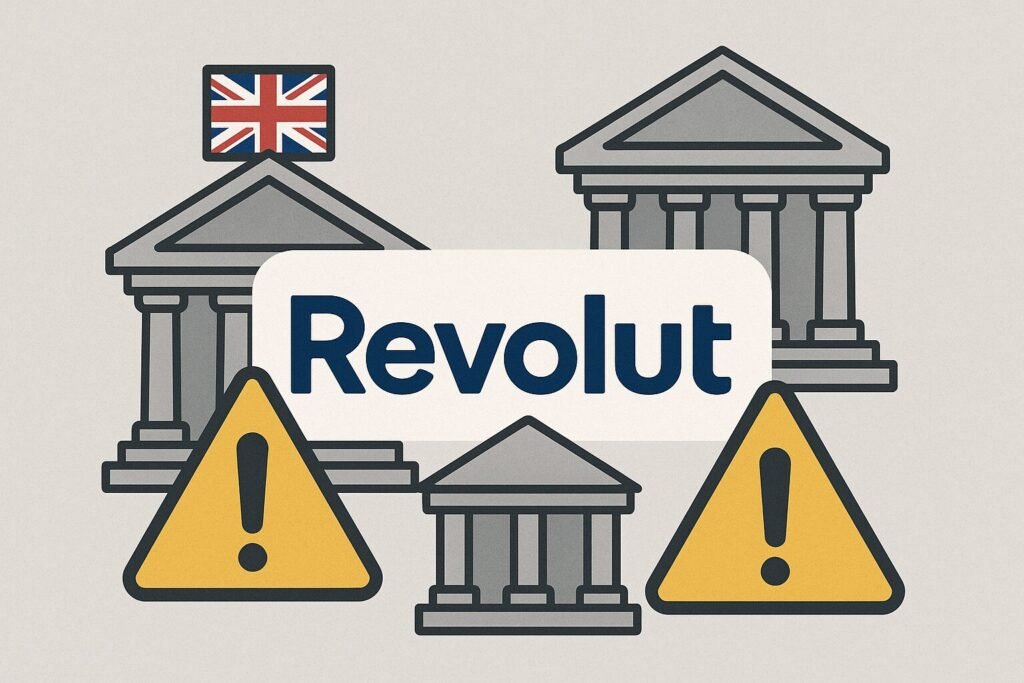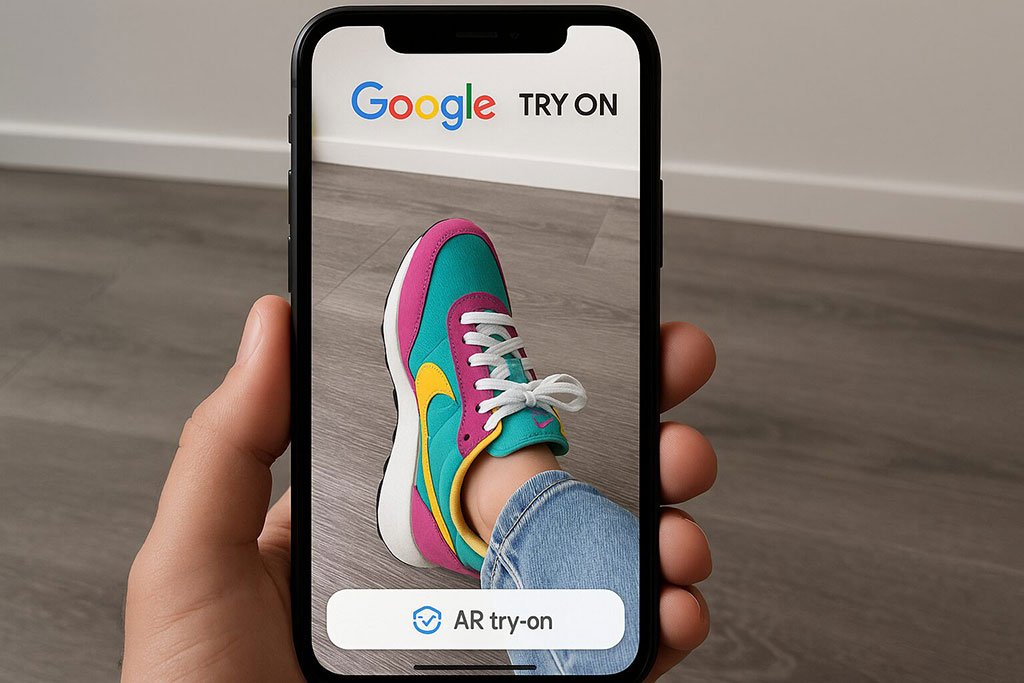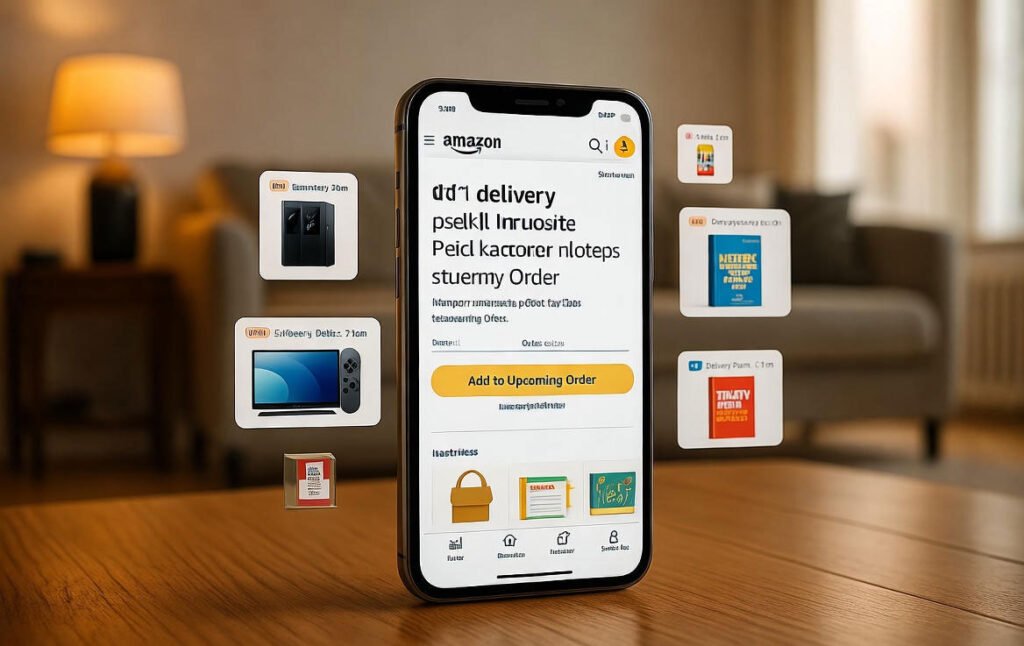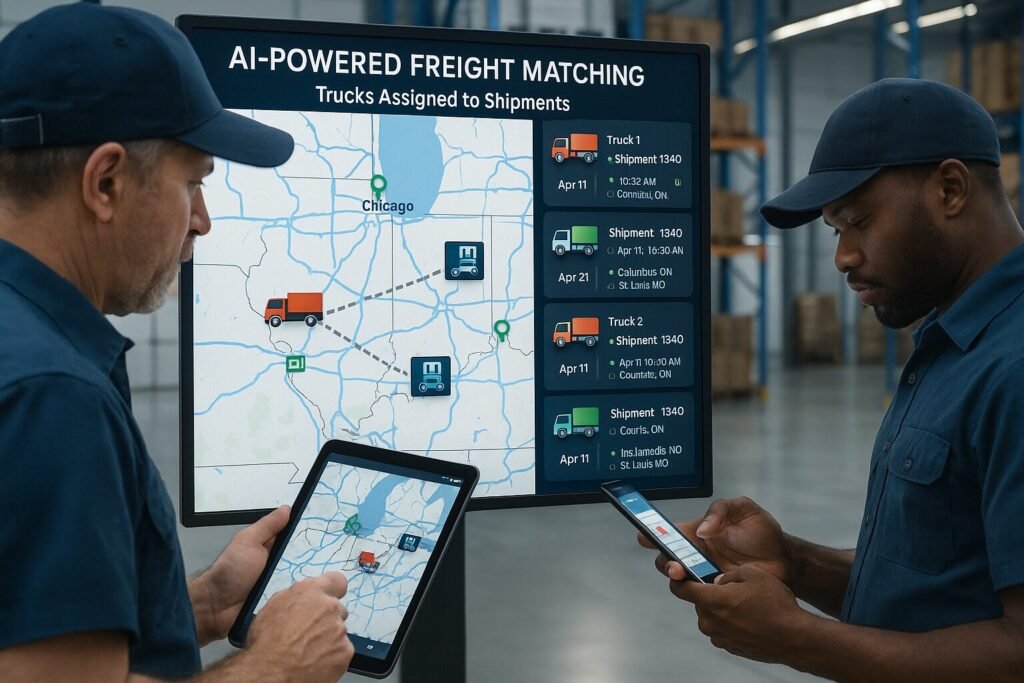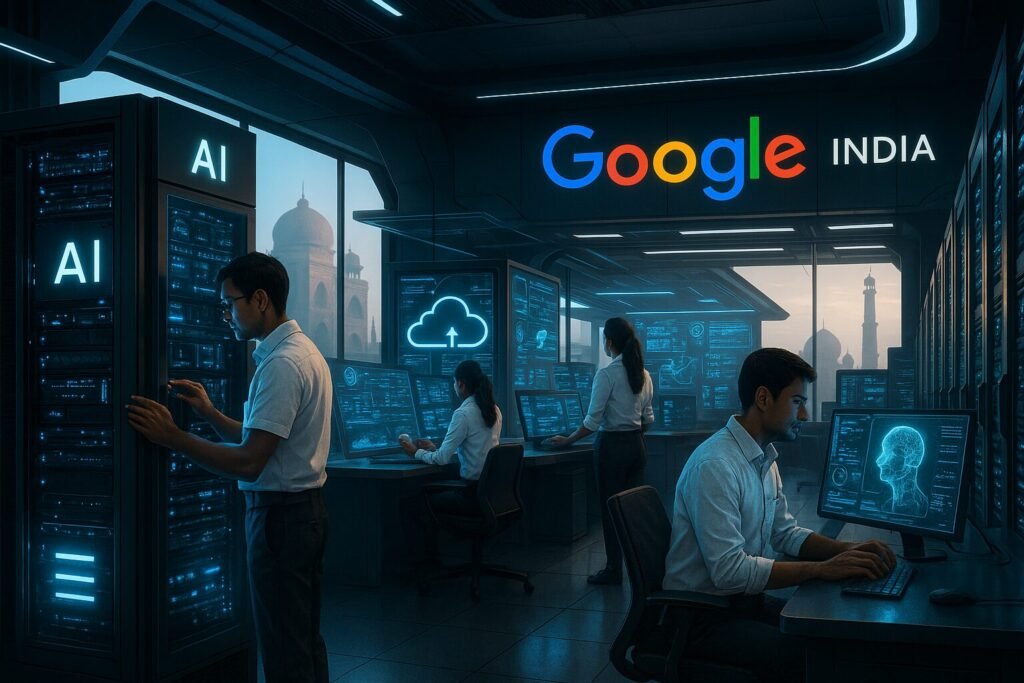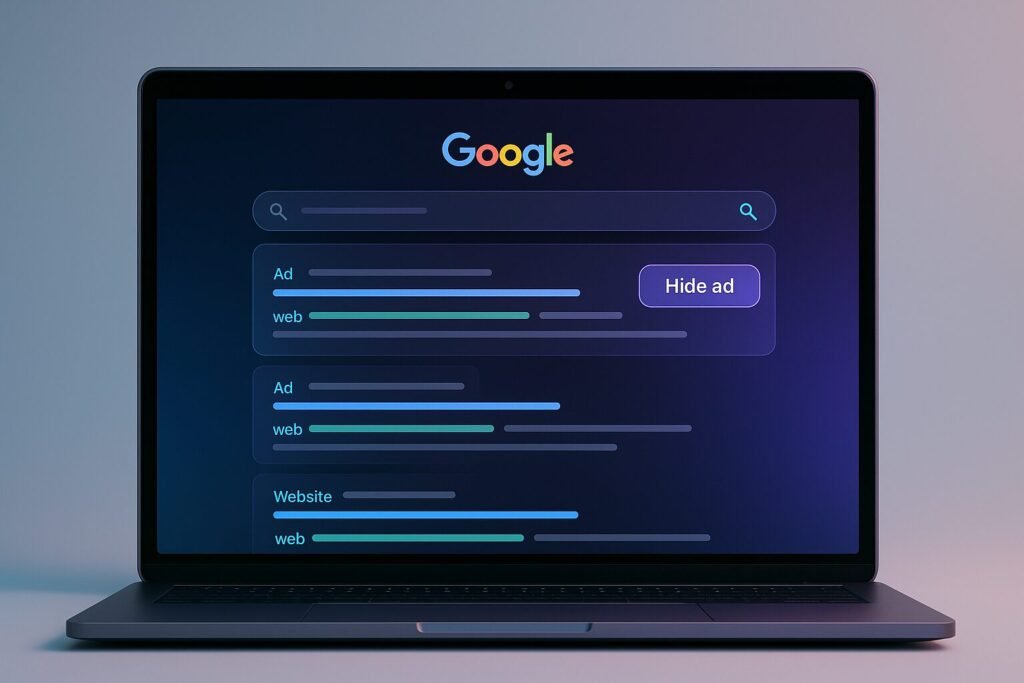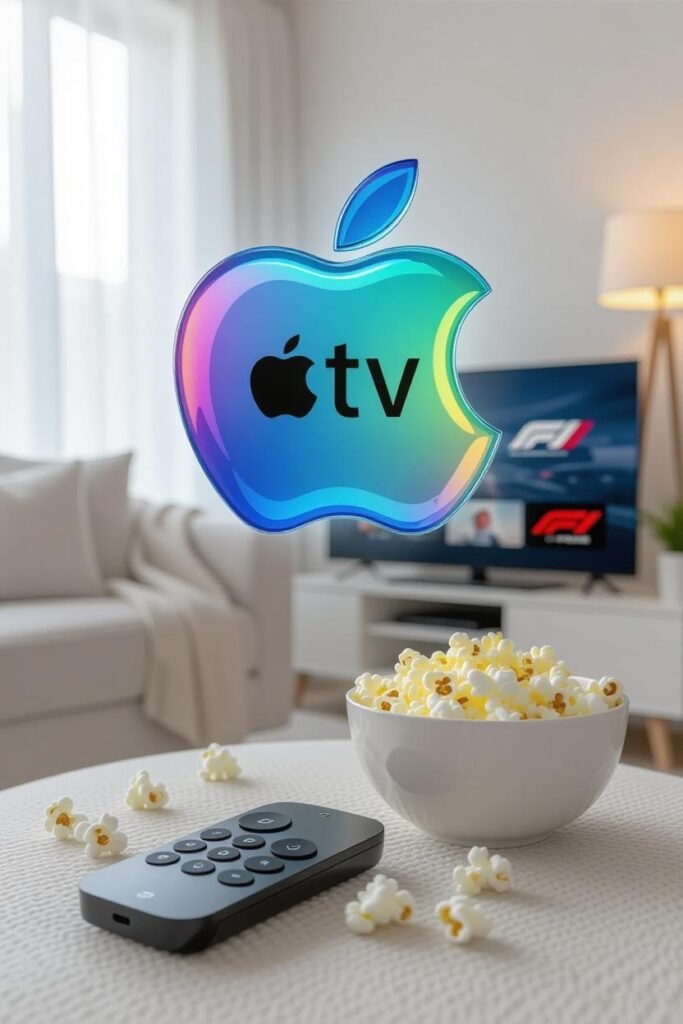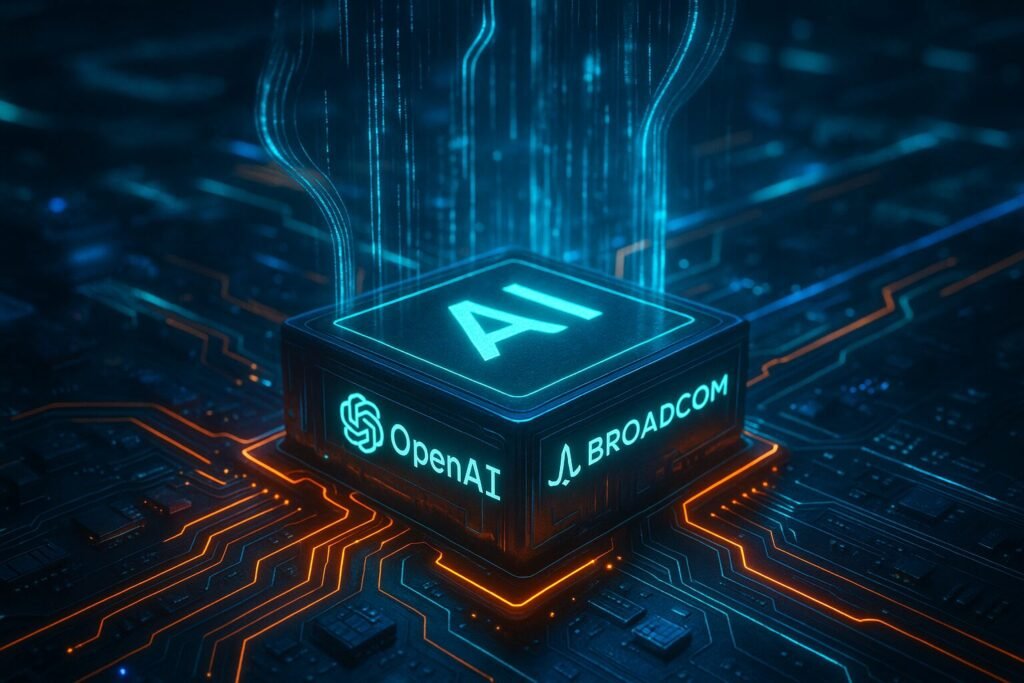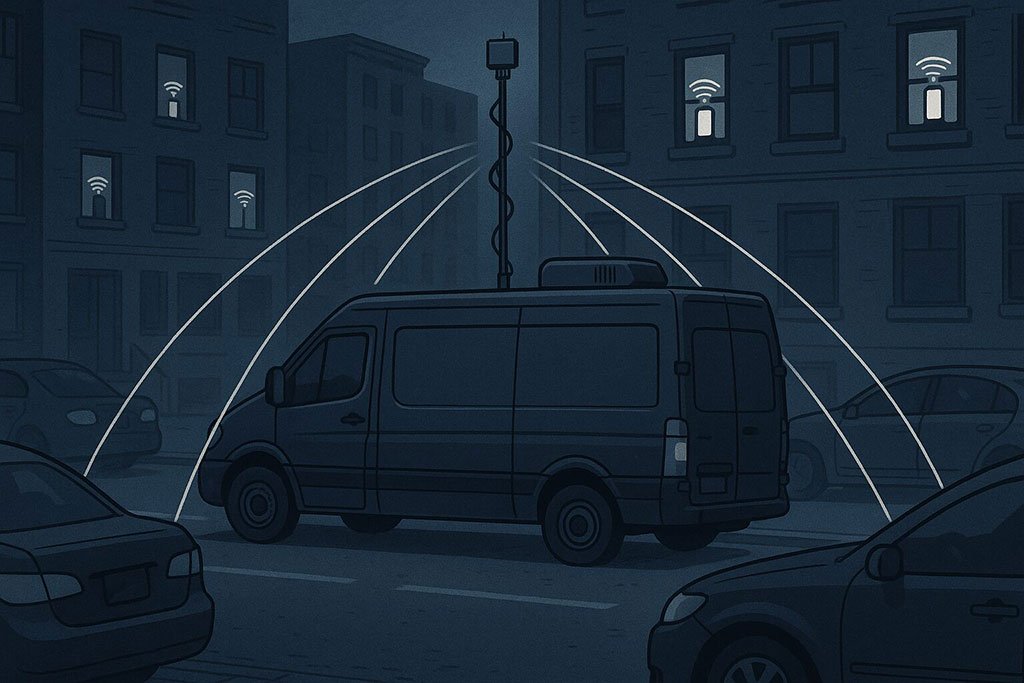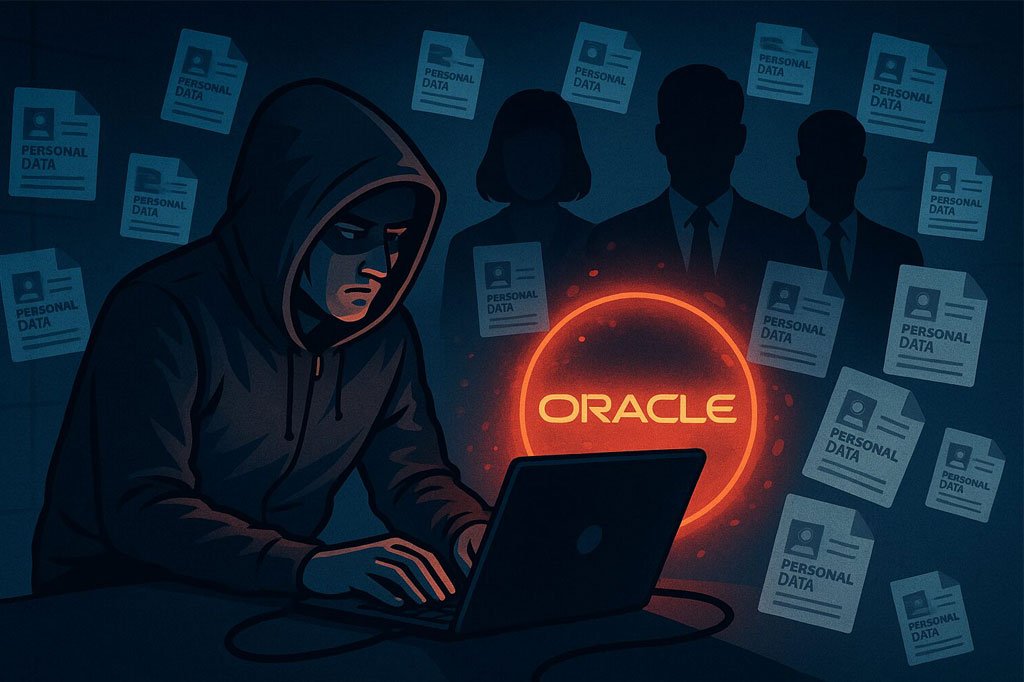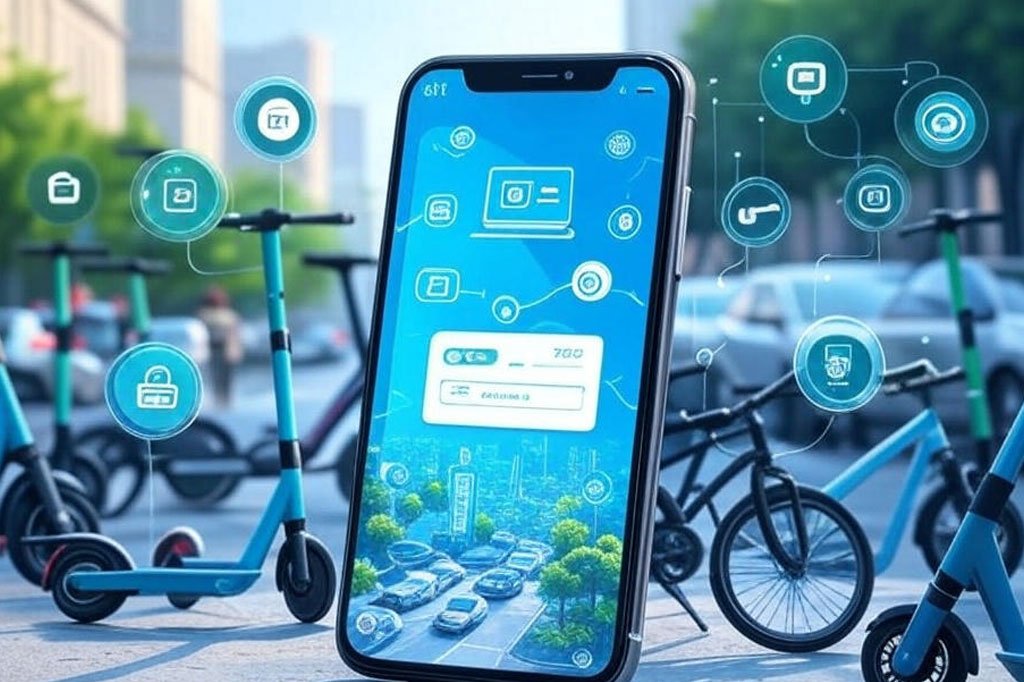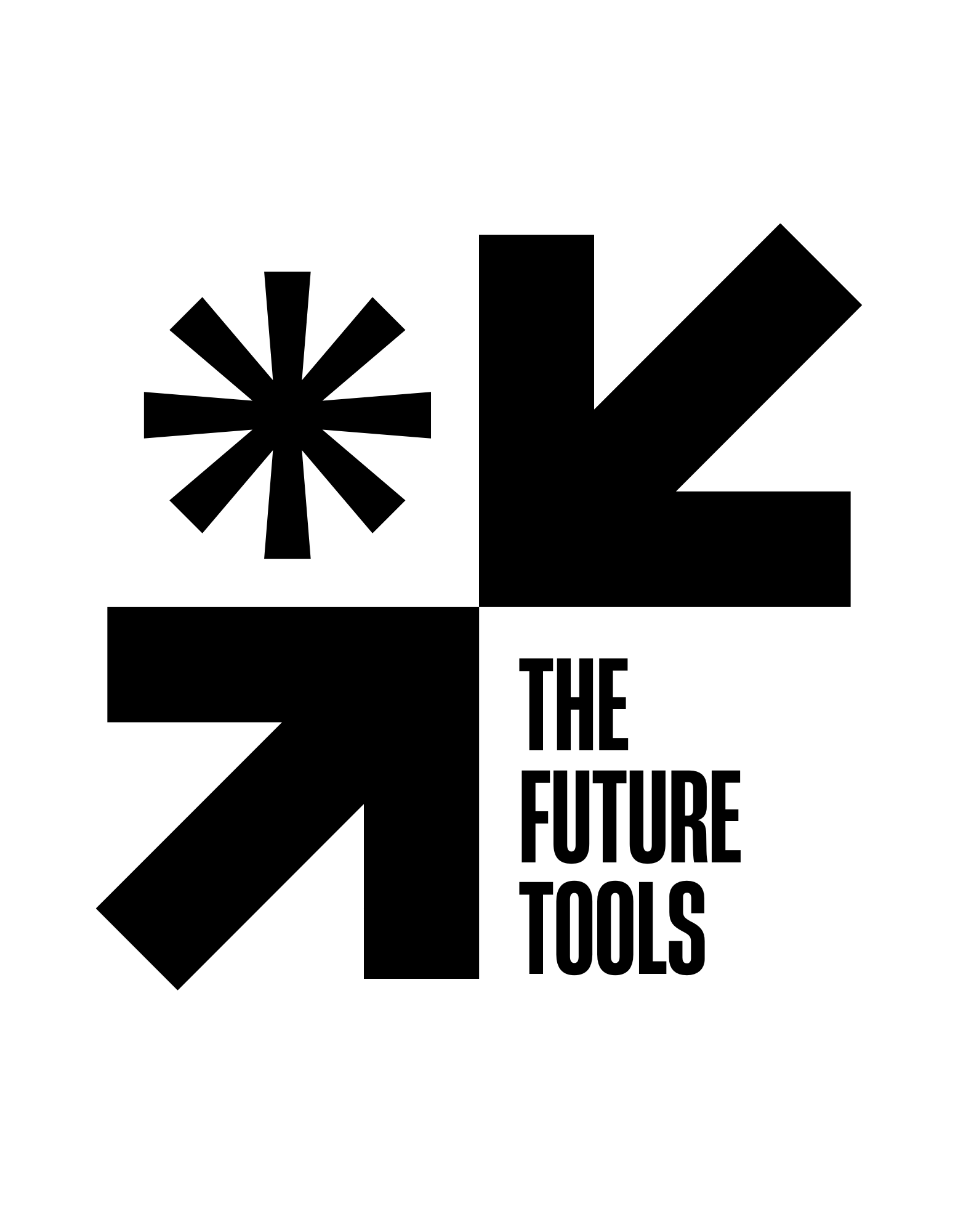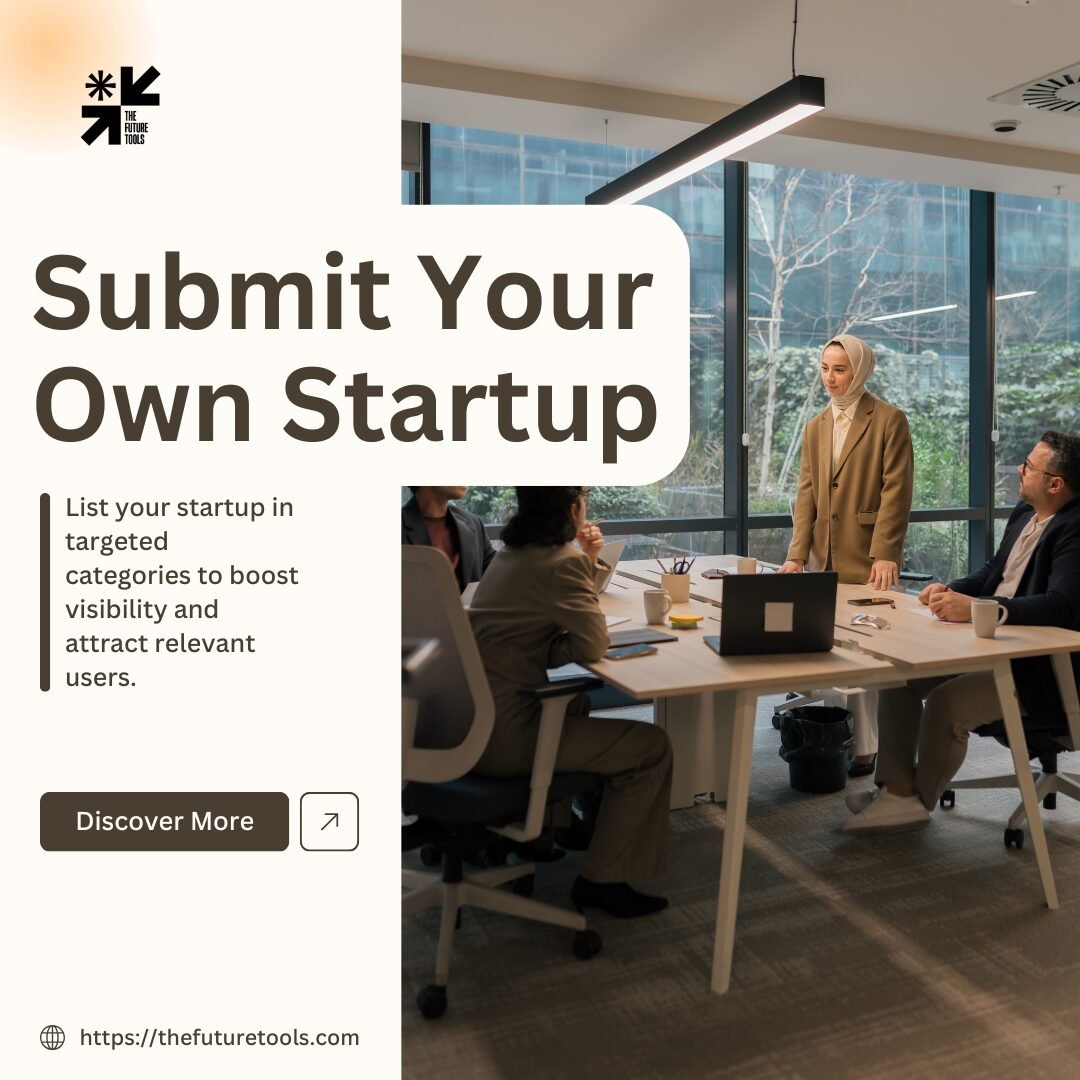Now Reading: Google’s Gemini AI: Boosting Creative Workflows
-
01
Google’s Gemini AI: Boosting Creative Workflows
Google’s Gemini AI: Boosting Creative Workflows

Google and AI: How Gemini AI is Transforming Creative Workflows
Creativity is no longer confined to artists or designers—it’s woven into every aspect of work, from marketing to education, product development to entertainment. Yet, creative blocks, time constraints, and the need for collaboration remain significant hurdles for professionals striving to produce fresh, impactful content.
Enter Google’s Gemini AI—a cutting-edge tool designed to revolutionize creative workflows. Unlike traditional AI solutions that focus on automation or data processing, Gemini AI is crafted to enhance human creativity, not replace it. By seamlessly integrating into existing tools and platforms, it assists users in brainstorming ideas, refining designs, drafting copy, and even experimenting with new concepts—all while learning from user preferences and adapting to diverse creative styles.
The relevance of Gemini AI extends beyond productivity. It democratizes access to creative resources, allowing individuals and small teams to harness AI-powered inspiration without requiring extensive technical expertise. For freelancers, educators, marketers, and entrepreneurs alike, this means transforming how ideas are generated, shaped, and shared.
However, as with any powerful tool, the implications are profound. How do we balance human expression with machine assistance? Can AI-generated creativity remain authentic? These questions spark debate but also highlight the exciting potential of AI-human collaboration.
In this article, we explore how Google’s Gemini AI is reshaping creative processes, the challenges and opportunities it presents, and the long-term impact on both individual creators and broader industries.
The Creative Landscape: Challenges and Opportunities
Creative work has always been both a blessing and a burden. Writers wrestle with blank pages, marketers struggle to craft compelling campaigns under tight deadlines, and designers navigate changing trends while trying to maintain originality. Studies from Adobe’s 2023 Creativity Report highlight that 70% of professionals feel overwhelmed by workload pressures, while 60% admit to experiencing creative blocks that hinder productivity.
The rise of remote work and global collaboration further complicates the creative process. Teams rely on digital tools for brainstorming, editing, and feedback, yet many still struggle with aligning ideas and producing consistent content. Traditional project management systems lack the nuance required for iterative creative thinking.
This is where AI tools like Gemini AI offer a lifeline. By assisting with idea generation, content drafting, and design optimization, Gemini AI helps creators streamline their process, freeing up time for experimentation and refinement. Its role is not to dictate ideas but to support and amplify human ingenuity.
For creatives, this partnership can lead to increased efficiency, better collaboration, and reduced stress—all while fostering a deeper sense of ownership and creative satisfaction.
What is Gemini AI and How It Supports Creativity
Google’s Gemini AI is a next-generation artificial intelligence framework designed specifically to enhance creative workflows. Unlike generic AI assistants, Gemini AI learns from user behavior, preferences, and past interactions, tailoring suggestions to match individual creative styles.
Key Features Include:
- Idea Generation: Gemini offers brainstorming prompts, helping users overcome creative blocks by proposing angles or concepts that may not have been considered.
- Adaptive Drafting: Whether drafting blog posts, marketing slogans, or scripts, Gemini analyzes the tone and context to refine suggestions in real-time.
- Visual Enhancements: Integrated with design tools, Gemini AI assists in layout adjustments, typography choices, and color schemes based on best practices and user feedback.
- Collaboration Tools: It offers version tracking, style recommendations, and project templates that streamline group work, making it easier to manage feedback and iterations.
- Learning and Feedback: Gemini AI continuously evolves, adapting to user behavior while respecting privacy controls and allowing creators to opt in or out of data sharing.
This adaptive approach makes Gemini more than just an automated assistant—it’s a collaborator that complements human creativity without overtaking it.
Real-World Applications: From Freelancers to Enterprises
Marketing Teams
A digital marketing agency in New York integrated Gemini AI into its campaign workflow. By using the AI to generate draft content, headlines, and email templates, the team reduced brainstorming time by 40% while maintaining brand voice consistency across multiple campaigns.
Freelancers and Small Businesses
Jessica, a freelance content creator, describes Gemini AI as “a creative partner that helps me get started faster.” She uses it to outline blog posts and generate topic ideas based on trending keywords, which saves her hours of research and increases her content output.
Educational Institutions
Several universities are incorporating Gemini AI into creative writing and design courses. Students use the tool to explore different writing styles, receive constructive feedback, and experiment with multimedia content, helping them refine their skills without fear of judgment.
Product Teams
Startups have adopted Gemini AI to prototype UX copy and UI layouts, allowing teams to iterate on product descriptions and customer-facing interfaces more rapidly while ensuring designs are user-friendly and visually appealing.
These applications showcase the versatility of Gemini AI and its ability to enhance creativity across industries without undermining the role of human intuition and expression.
The Human Perspective: Creativity, Anxiety, and Authenticity
Creativity is deeply personal. For many, it’s a source of identity, fulfillment, and self-expression. The thought of collaborating with AI can provoke mixed feelings.
Empowerment vs. Dependency
Some users find AI tools empowering, offering inspiration and speed. Others fear that over-reliance might dull their creative instincts. Gemini’s design acknowledges this concern by providing suggestions without forcing adoption, allowing users to engage with AI at their own pace.
Anxiety About Originality
Concerns about “copying” or producing derivative work are common. How can creators ensure that ideas remain authentic? Gemini AI mitigates this by offering multiple suggestions and encouraging users to shape them according to their personal experiences and expertise.
Mental Health Considerations
For creatives facing pressure to constantly produce content, Gemini AI can reduce anxiety by handling mundane or repetitive tasks. It allows space for reflection, play, and experimentation—critical elements for mental well-being and long-term creative growth.
Ethical Reflections
Questions about intellectual property and AI authorship are emerging topics in creative industries. As AI becomes more integrated, developers, creators, and policymakers must work together to establish ethical guidelines that protect human creativity while embracing technological innovation.
Practical Tips: How to Integrate Gemini AI into Your Workflow
For creatives eager to explore Gemini AI without compromising their voice, here are actionable strategies:
- Start Small: Use the AI for idea prompts or outline generation before integrating it into complex projects.
- Set Creative Boundaries: Clearly define which tasks Gemini should assist with and which you’ll handle independently to avoid over-dependence.
- Refine, Don’t Rely: Treat AI-generated content as a starting point, adding personal touches, insights, and experiences that reflect your unique perspective.
- Encourage Feedback: Use Gemini’s collaborative tools to gather feedback from peers and mentors, enhancing the creative process through diverse viewpoints.
- Review and Experiment: Explore different tones, styles, and formats by testing multiple AI suggestions to discover what resonates best with your audience.
- Prioritize Privacy: Understand how data is used and opt out of unnecessary sharing to maintain control over your creative identity.
These guidelines help users leverage Gemini AI as a supportive tool rather than a replacement, ensuring that creativity remains a human-centered pursuit.
The Future of Creative Workflows with AI
As AI becomes more sophisticated, creative workflows are poised for transformation. Gemini AI’s model of personalization, privacy, and collaboration may inspire broader shifts in how technology is integrated into professional and educational settings.
Key Trends on the Horizon:
- AI-Augmented Storytelling: Writers and filmmakers may use AI to craft narratives that adapt to audience preferences in real-time, enriching user experience without diluting authorship.
- Personalized Learning Paths: Educational platforms could tailor creative exercises based on student progress, helping individuals master new techniques at their own pace.
- Cross-Disciplinary Collaboration: Designers, developers, and marketers may increasingly work together using AI to merge aesthetics with functionality, producing holistic creative solutions.
- Ethical AI Frameworks: As AI tools grow more powerful, discussions around transparency, fairness, and creative ownership will shape industry standards and policies.
Ultimately, the goal is not to replace human creativity but to create a symbiotic relationship where AI handles routine tasks while humans retain the final voice and vision.
Google’s Gemini AI represents a groundbreaking shift in how creative workflows are supported, enhanced, and reimagined. By focusing on personalization, adaptability, and privacy, Gemini offers creatives a trusted collaborator—one that helps spark ideas, refine projects, and overcome barriers without compromising originality or autonomy.
As creative industries evolve, tools like Gemini AI are increasingly valuable in helping teams and individuals navigate the pressures of modern content creation. From marketing agencies to classrooms, freelancers to startups, Gemini’s thoughtful integration into daily workflows is a testament to how technology can empower—not overpower—human ingenuity.
However, the journey ahead demands mindful adoption. Users must strike a balance between embracing AI’s strengths and preserving the personal touch that makes creativity meaningful. Ethical considerations around ownership, authenticity, and mental well-being must guide how AI is incorporated into professional spaces.
As we stand at the intersection of creativity and artificial intelligence, Gemini AI is a beacon for responsible innovation—one that reminds us that the future of creativity isn’t about machines replacing humans, but about technology amplifying what makes us uniquely human.
FAQs
1. What makes Gemini AI different from other creative tools?
Gemini AI focuses on personalization, learning from user behavior to offer suggestions tailored to individual creative styles while respecting privacy.
2. Can Gemini AI replace human creativity?
No, it’s designed to assist and amplify creativity, providing inspiration and optimization while allowing users to retain authorship and personal expression.
3. How secure is my data when using Gemini AI?
Google’s framework prioritizes privacy, offering users control over data sharing and employing encryption to protect sensitive information.
4. Can beginners use Gemini AI effectively?
Yes, Gemini AI’s intuitive interface and contextual prompts make it accessible for both beginners and experienced creatives.
5. How does Gemini AI handle feedback and collaboration?
The AI provides version tracking, style recommendations, and templates that facilitate team feedback and streamline creative processes.
6. Is there a risk of over-relying on AI for creativity?
While AI helps overcome routine tasks, users should set boundaries and treat suggestions as starting points to avoid dependency.
7. How is Gemini AI influencing creative industries?
It’s enabling more efficient workflows, enhancing collaboration, and encouraging ethical conversations around data privacy and creative ownership.
Ready to transform your creative process? Subscribe to our newsletter for expert tips, tutorials, and insights on harnessing AI to unlock your full creative potential.
Note: Logos and brand names are the property of their respective owners. This image is for illustrative purposes only and does not imply endorsement by the mentioned companies.


